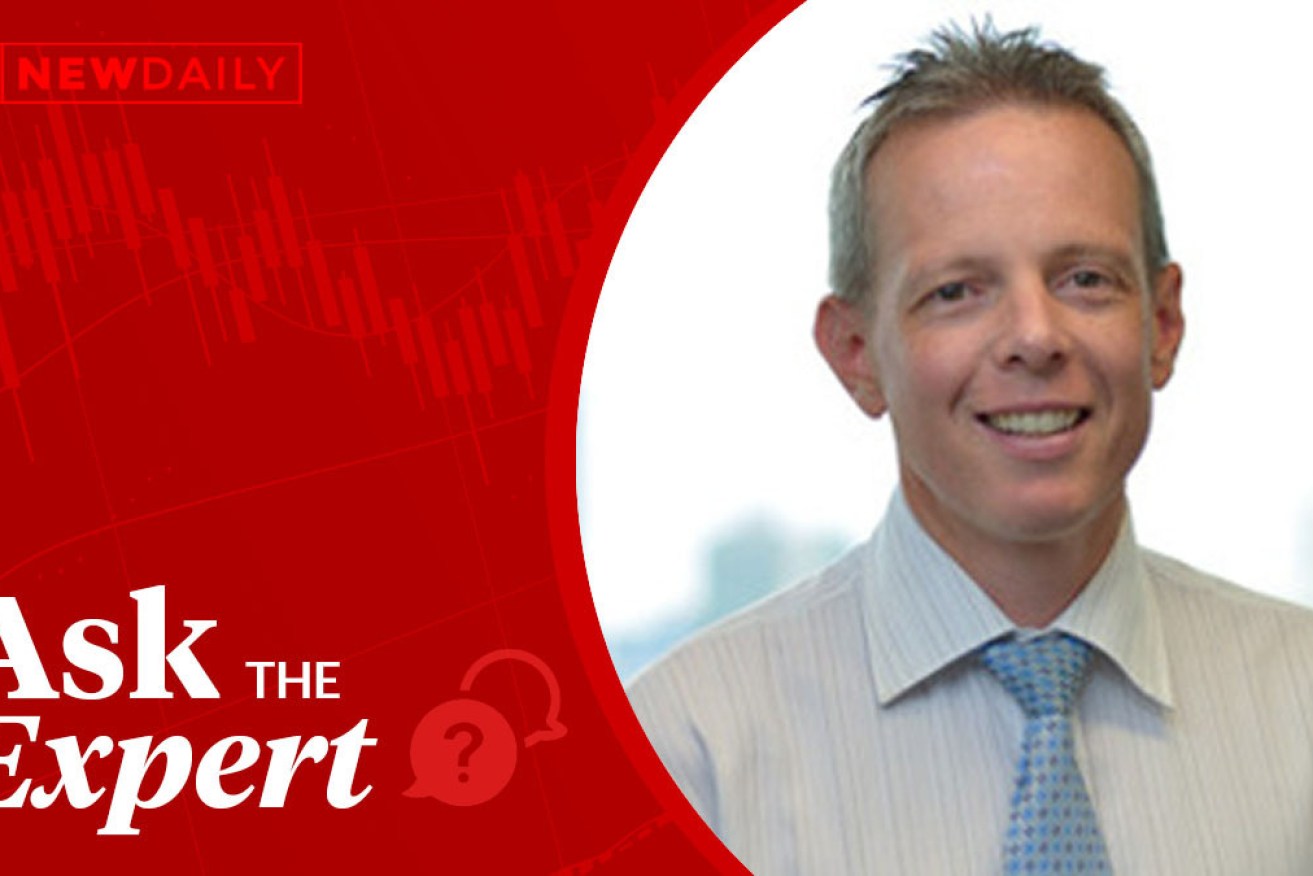Ask the Expert: Seven principles for building wealth, and how to manage a redundancy


Licensed financial adviser Craig Sankey answers your burning finance questions. Photo: TND
Question: I can’t seem to get ahead financially. My friends seem to be able to buy better things than me, but I don’t think they earn any more money than me. What is the trick I am missing?
Answer: Just because your friends like buying expensive items doesn’t mean they are getting ahead of you financially. In fact, it often means the opposite.
When it comes to money, people have a spectrum of views on what to do with it, including saving or spending it.
If you are interested in getting ahead financially, then a large part of the success comes down to managing your cash flow, essentially you need to spend less than you earn.
Having the attitude that money looks better in your bank account than a display of wealth often plays a large part in determining your financial success.
Maybe some of your friends are living beyond their means but just appear to be doing well. This reminds me of a ground-breaking book from the late nineties entitled The Millionaire Next Door. It’s the opposite of a get-rich-quick book.
In the book, the authors study how millionaires from America become wealthy, and they discovered something odd. Many people who live in expensive homes and drive luxury cars do not actually have much wealth.
Then, they discovered something even odder: Many people who have a great deal of wealth do not live in upscale neighbourhoods, buy expensive cars, or send their children to the most expensive schools.
The authors discovered seven common strategies amongst the millionaires they interviewed:
- They live below their means
- They allocate their time, energy, and money efficiently in building wealth
- They believe that financial independence is more important than displaying high social status
- Their parents did not provide them ongoing income
- Their adult children are economically self-sufficient
- They are proficient in targeting opportunities
- They chose a good paying occupation.
I’m not sure what your definition of wealth is, but for many people I talk to it is about gaining choices, freedom from debt, and eventually becoming financial independent.
If this sounds like you, then have a go at implementing the above steps and don’t worry too much about having to keep up with your friends’ displays of wealth.
Question: I am about to accept a redundancy from work. I have been there for seven years and will receive about $60,000 gross, plus a small amount of outstanding annual leave. I am considering paying down my home loan but wondering how long I must wait before I can get income support and how much tax I will need to pay?
I’m in my early fifties and unsure how long it will take me to find a new job and don’t want to be left short.
Answer: A lot of people are losing their jobs and worried about how long it will take to find a new one, so it is important that you are informed and use your redundancy wisely.
The income support payment for those looking for work is entitled ‘JobSeeker’ (formally called Newstart, and colloquially called ‘the ‘dole’).
The three most commonly applied waiting periods are:
- Ordinary Waiting Period (OWP). This is always 1 week
- Liquid Assets Test (LAT). This is based on the amount of assets you have readily available, such as money in bank accounts, managed funds or shares, but excludes money held within super. This has a maximum waiting period of 13 weeks
- Income Maintenance Period (IMP). This is calculated based on any lump sums received such as redundancies and leave payments. There is no maximum waiting period
- Note that there are some additional, less common, waiting periods for new residents, or for those individuals who have voluntary left their job or moved to a remote area with low job prospects.
As you will be receiving a redundancy, the IMP will be the waiting period with the biggest impact. The good news is that it can be served concurrently with the LAT waiting period.
The IMP will be based on your normal pay before your redundancy. For example, if your normal pay was $2000 per week and you receive a redundancy of $60,000, and $4000 in paid-out leave, then the IMP waiting period is 32 weeks, calculated as $64,000 divided by $2000.
You then add on the one week of OWP to give a total waiting period of 33 weeks.
You therefore need to ensure that you maintain enough funds at call to last you at least 33 weeks after your redundancy in case you do not find new work. Once you do find new employment you will then be in a position to take a longer-term view of the funds, including paying down your mortgage.
From a tax perspective, redundancies are concessionally treated and a large part will be tax free. The tax-free amount is based on $10,989 plus $5496 for every completed year of service.
You have indicated you have completed 7 years, so your tax-free amount will be $49,461. I have calculated the tax on the remainder to be $3372, leaving you with an after-tax payment of $56,628 plus any outstanding leave owing.








